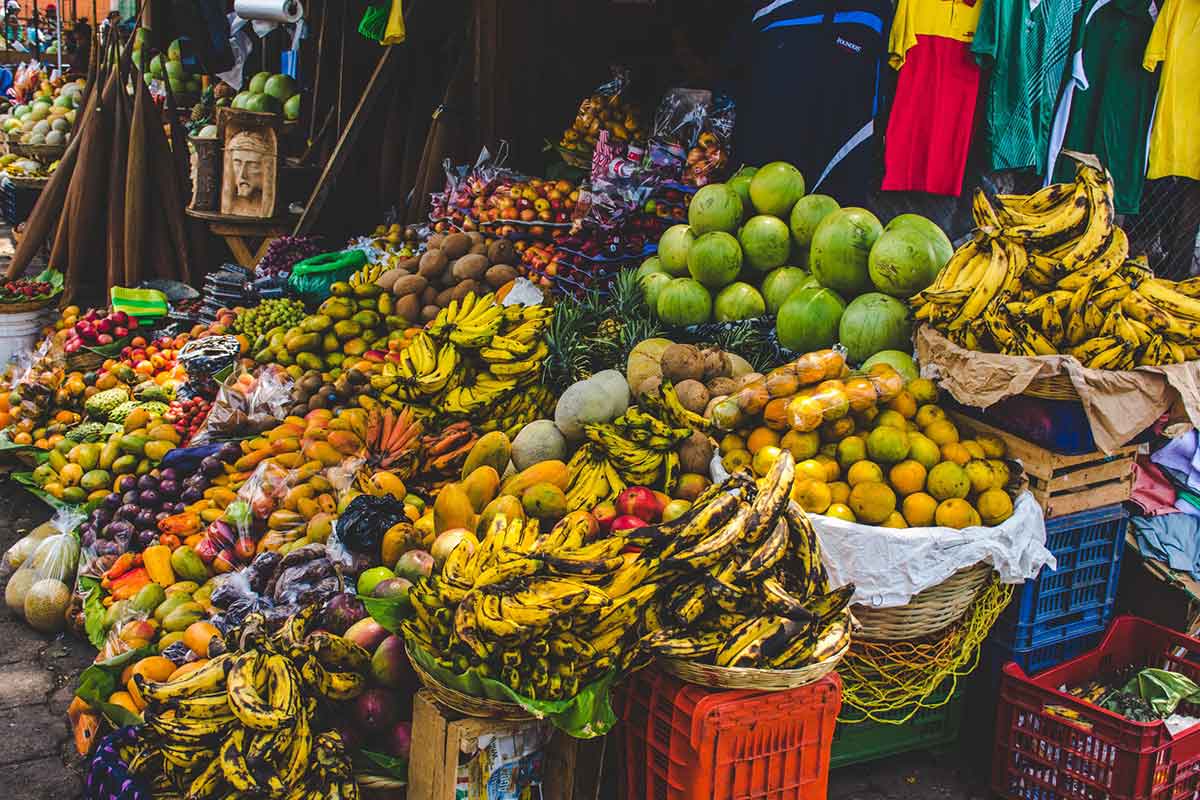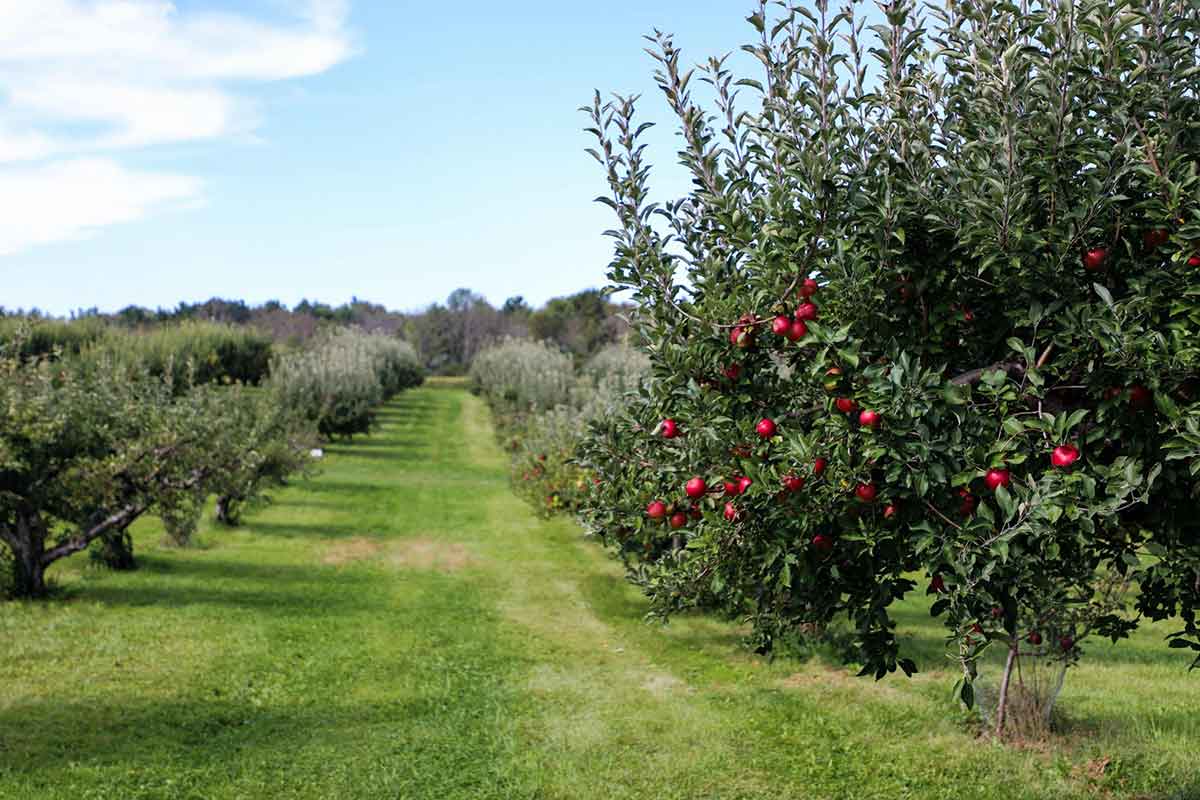Trends in what fruits are most popular are always changing. According to Luxurious Magazine, the top five in the UK in ascending order are bananas, pineapples, mangoes, raspberries, and in the top spot, strawberries. Read on to discover facts you may not have known about our nation’s favourite fruits.
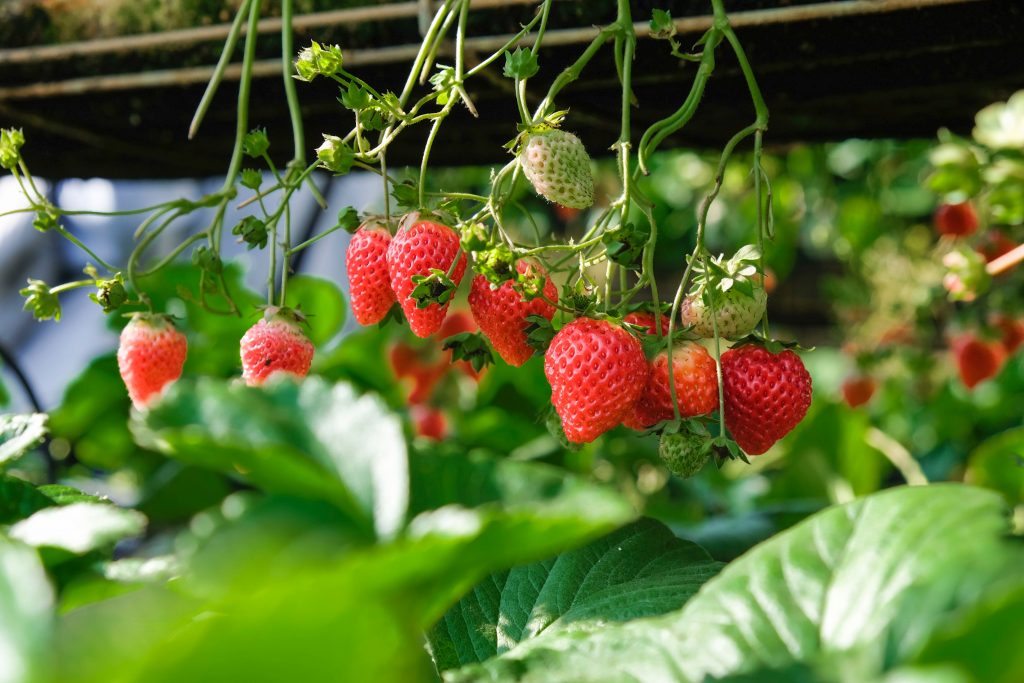
Strawberries
- The strawberries we know today have only existed since the 1750s, when a variety from North America was crossed with one from Chile in Brittany. The origins of this supermarket staple are more exotic than one would assume!
- They are not technically berries, but a catchily named aggregate accessory fruit, because its multiple seeds are on the outside of the flesh.
- The strawberry is first mentioned in ancient Roman literature for its medicinal properties, and were a popular image in 15th century illustrated manuscripts.
- 38% of all the world’s commercial strawberries are grown in China.
- People with an allergy to strawberries are likely to have an allergy to apples and birch pollen too. This is thought to be caused by the proteins which produce the red colour, which are almost the same as those in the other two.
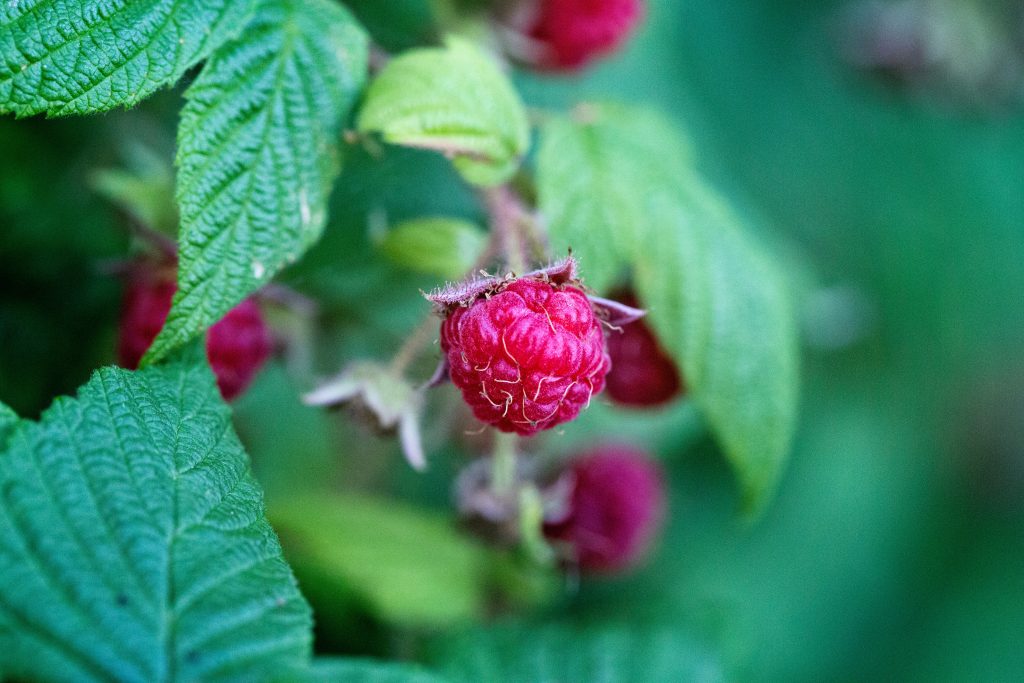
Raspberries
- Russia grows more raspberries for commercial consumption than any other country, at 20% of the total.
- Like strawberries, raspberries are also not really berries, but aggregate fruits, because they consist of multiple seeds.
- Its name could come from Anglo-Latin vinum raspeys meaning ‘a sweet red-coloured wine’, or possibly the Germanic raspoie ‘thicket’.
- Raspberries have a range of colours from yellow to dark red, even the blue-black Rubus leucodermis.
- Loganberries and boysenberries are both hybrid descendants of raspberries.
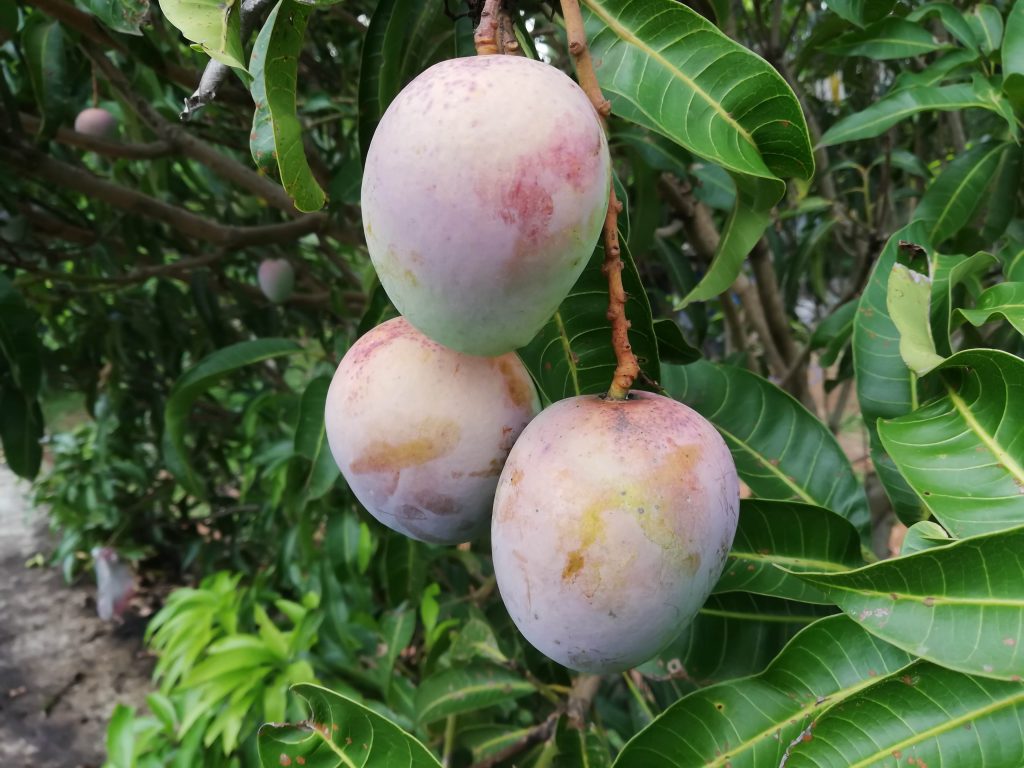
Mangoes
- Mangoes are the national fruit of India, and the tree of Bangladesh. But their cultural importance goes even deeper. The Jain goddess Ambika is usually depicted sitting under a mango tree, the blossoms are used to worship the goddess Saraswati, and in Tamil Nadu they are considered a royal fruit.
- During the Chinese Cultural Revolution, mangoes became an object of worship associated with Mao Zedong. To thank the workers fighting in his name, Mao gave them 40 mangoes he had been given by Pakistan’s foreign minister the previous day.
- The seed kernels are very tasty when roasted.
- In South-East Asia, mangoes are often eaten pickled in fish sauce and rice vinegar.
- In 1974, Filipino horticulturist Ramon Barba discovered that smoke can be used to induce blossoming in mango trees.
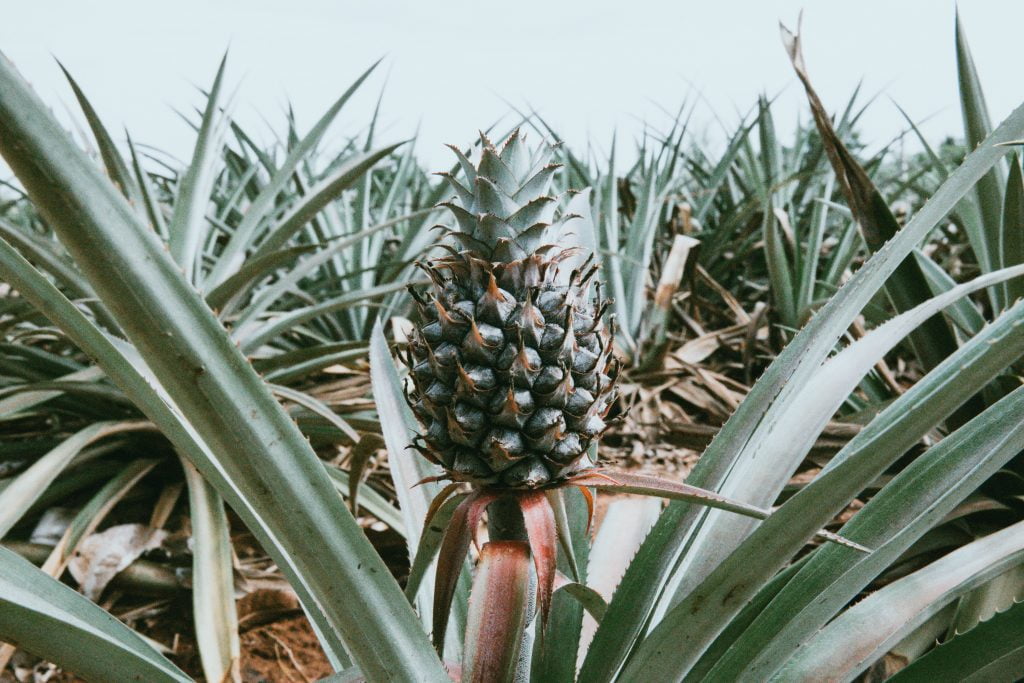
Pineapples
- The first use of the word pineapple appears in 1714. Until then the English used the word ananas, just as the majority of Europe continues to do.
- Since the late 1700s, pineapples have been considered a sign of wealth. This is why grand estates from this period have pineapple motifs throughout their masonry and interiors.
- Pineapples are frequently used to transport illegal drugs.
- The high level of bromelain found in the flesh can actually dissolve your fingerprints!
- The leaves of the ‘Red Spanish’ cultivar can be processed into a fabric which was highly prized by the upper classes in the Philippines and was a sought-after export to Europe after colonisation.
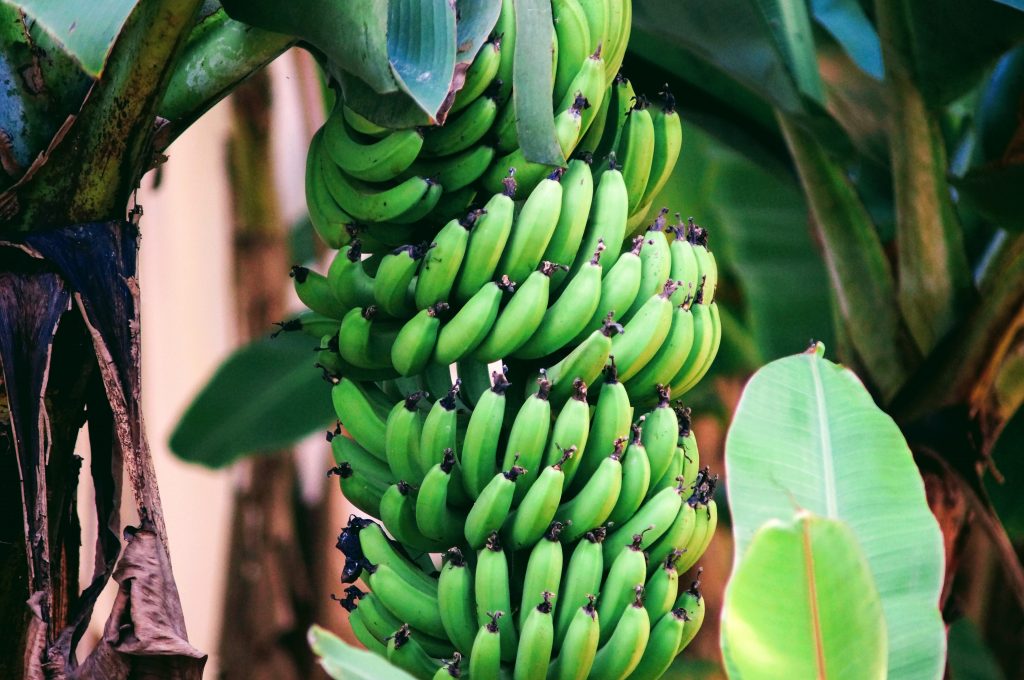
Bananas
- Unlike strawberries and raspberries, bananas are botanically speaking berries.
- Bananas are slightly radioactive, but only at a level 1/100 of the radiation we are exposed to throughout an average day.
- The largest banana plantation in Europe is in Iceland. Despite their location being almost arctic, the geothermal energy from Iceland’s many volcanoes provides plenty of heat.
- Multiple parts of the plant can be used to make paper, such as the bark, and the fibrous stem.
- Banana plants have their own ghosts which live in them in Thailand and Malaysia. They go by the names of Nang Tani and Pontianak respectively.

